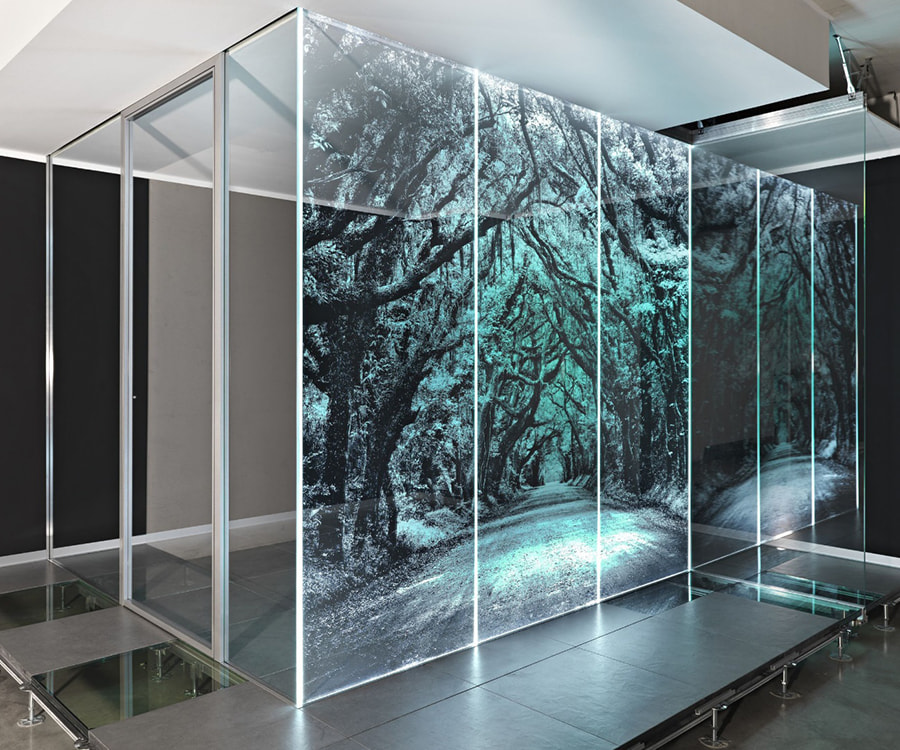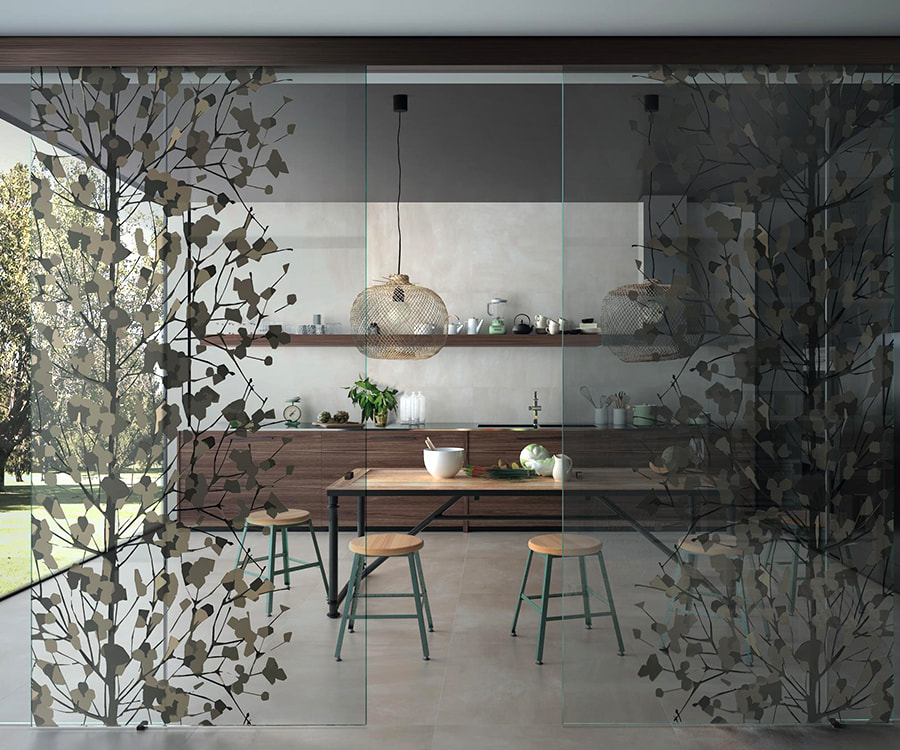Silk Screen Printed Glass can enhance privacy without compromising aesthetics through several key features:
Customized Patterns: Silk screen printing allows for the creation of customized patterns on the glass surface. Designers can strategically incorporate patterns that provide varying levels of opacity, offering privacy without sacrificing the overall visual appeal.
Selective Transparency: By controlling the density and placement of the printed patterns, it's possible to achieve selective transparency. This means that certain areas of the glass can be more opaque to shield specific spaces while maintaining transparency in other areas.
Artistic Design Integration: Silk screen printing enables the integration of artistic designs into the glass, turning it into a decorative element. This not only serves a functional purpose but also adds an aesthetic dimension to the privacy solution.
Color Variations: The use of different ink colors in silk screen printing allows for the creation of visually appealing and harmonious color variations. This adds an extra layer of design sophistication while maintaining the privacy needs of the space.
Textured Finishes: Silk screen printing can create textured finishes on glass surfaces. Textures not only add tactile interest but can also distort views, enhancing privacy without compromising the overall aesthetics of the glass.
Innovative Geometric Designs: Incorporating geometric patterns through silk screen printing can create an elegant and modern aesthetic. These designs can be strategically placed to offer privacy in specific zones while contributing to the overall visual appeal of the glass.
Dynamic Layering: Silk screen printed glass can be layered with other materials or integrated into double-glazed units. This dynamic layering not only enhances privacy but also provides an opportunity to experiment with diverse design elements without sacrificing functionality.
By leveraging these features, silk screen printed glass becomes a versatile solution that seamlessly combines privacy enhancements with aesthetic considerations in architectural and interior design.
What Role Does Silk Screen Printed Glass Play in Modernizing Traditional Architectural Elements?
Silk Screen Printed Glass plays a crucial role in modernizing traditional architectural elements by blending innovative design with timeless structures. Here's how:
Preservation of Heritage: Silk screen printing on glass allows for the preservation of traditional architectural elements while introducing contemporary design elements. This fusion maintains a connection to the past while embracing the present.
Pattern Replication: Traditional architectural designs often feature intricate patterns and details. Silk screen printing can replicate these patterns on glass surfaces, offering a way to modernize these elements and incorporate them into contemporary structures.
Contemporary Aesthetics: By applying modern and minimalist designs through silk screen printing, traditional architectural elements can be given a fresh and contemporary aesthetic. This helps bridge the gap between historical and modern design preferences.
Functional Integration: Silk screen printed glass can be used to enhance the functionality of traditional architectural elements. For example, incorporating privacy patterns or solar control features into windows or doors without compromising the original design.
Enhanced Natural Light: Traditional structures may lack the openness and brightness associated with modern designs. Silk screen printed glass can introduce elements like large windows or skylights, bringing in more natural light and giving a contemporary feel to the space.
Energy Efficiency: Integrating silk screen printed glass with energy-efficient properties into traditional architectural elements can modernize them in terms of sustainability and environmental consciousness. This adaptation aligns with contemporary trends in architecture.
Artistic Expression:
Silk screen printing offers a platform for artistic expression. Traditional architectural elements can be transformed into canvases for intricate artwork, murals, or geometric designs, providing a modern and artistic touch to the structures.









